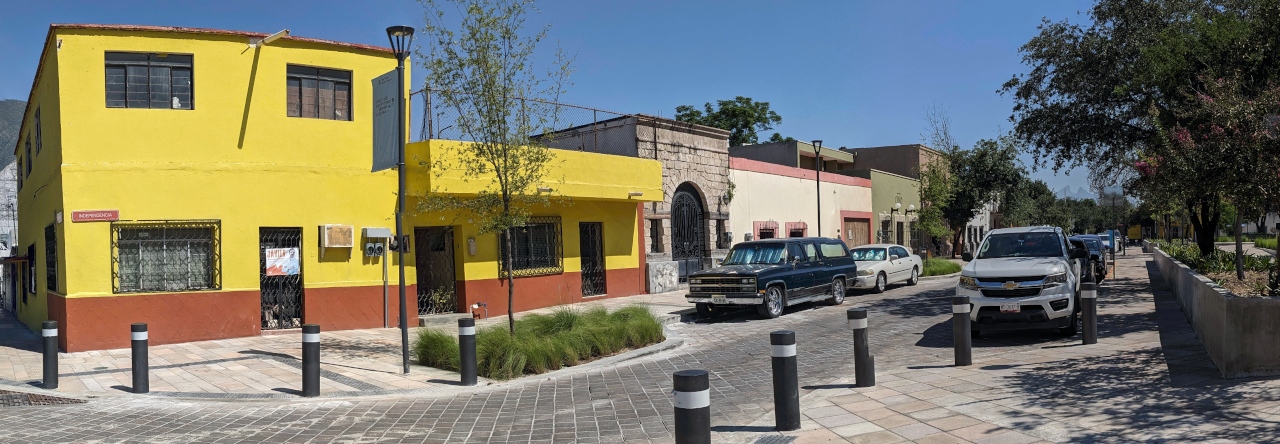My buddy Evan and I continue to work on the volcano computer. We now have a solid specification for the first item we are going to send out for testing. I am writing about it here right now so we can have a documentation trail. The first computer will feature a single camera to reduce power, lower the cost and assure we have everything working as expected. Here are our approximate costs so far:
- Computer: NorhTec MicroClient JrSX $140 plus $51 shipping (from Thailand)
- Camera: Imaging Source USB 1280×960 color camera DFK 41AU02 – $870
- Camera: Imaging Source USB 640×480 color camera DFK 21AU04 – $350
- GPS: Garmin 18 LVC ~$80
- Miscellaneous: Circuit board stuff ~$59
So here are the material costs for several different camera configurations:
- Low resolution (640×480 color), one camera system: $680.
- Low resolution (640×480 color), two camera system: $930.
- High resolution (1280×960 color), one camera system: $1200
- High resolution (1280×960 color), two camera system: $2070
One of the most critical features of this system is its low power consumption. Here are the power requirements for each of the system elements:
- Computer: 1080 mA @5V
- One camera: 500 mA @5V
- GPS: 60 mA @5V
An additional thing we have discovered is that we have to put a circuit board between the MicroClient computer and the Garmin 18 GPS module. It is because there is latency if we use only the USB or RS-232 communication protocol and hardware. There is a PPS (Pulse-Per-Second) signal line that is only on the Garmin 18 LVC which has a bare wire cable leading from the hockey puck looking GPS module. It looks very easy, but we have to trigger the camera using the PPS signal to be accurate to within a microsecond. There is a kernel patch we have to add to our Linux kernel. A really good description of what we have to do is right here.
Finally, we get to the description of what the first pass of this computer will do. While we have come to an agreement with our friend at the USGS who will be putting the thing into the volcano, we expect to add a lot more functionality to improve the image processing, communication, and ease of use after we get it going. Here it is:
To start with, there are two things you will be able to do with the computer:
- Upload and download image and configuration files using FTP.
- Check computer status and start and stop capture sequences using an ssh client (like putty) running on a Linux or a Windows computer.
You will be able to connect to the computer in two ways:
- Wireless
- Wired ethernet
You will be able to get images and configuration files on and off the system in two ways:
- Using FTP transfer
- Taking the Compact Flash memory card out of the computer and putting it into a compact flash card reader connected to a Linux or a Windows computer.
Each run configuration file will contain the following information:
- Starting time/date for camera 1
- Starting time/date for camera 2
- Image capture frequency time/date for camera 1
- Image capture frequency time/date for camera 2
- Stopping time/date for camera 1
- Stopping time/date for camera 2
- Maximum number of images to capture for camera 1
- Maximum number of images to capture for camera 2
The filename of each captured image will contain the following information:
- Camera number
- GPS precise time of the capture

Christian
Wow, Dad. That seems like a LOT of rebate from the 1 camera – 2 camera system. Is it actually two different systems, or 2 cameras with one controller?
The cameras are the most expensive part of the system. The controller is not so expensive. We do not know exactly how people will want to use this so we are setting it up to run with different numbers of cameras of different resolutions.